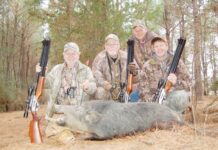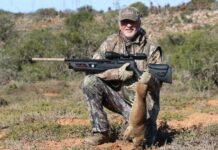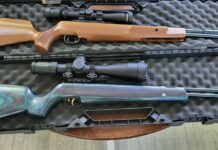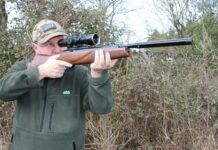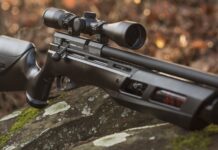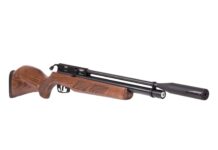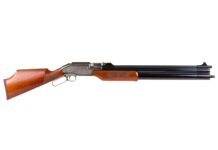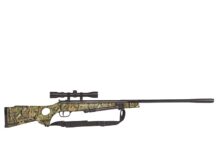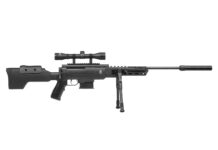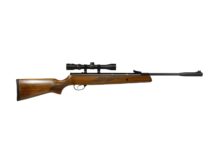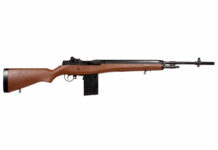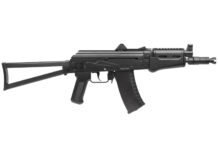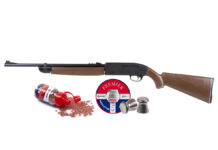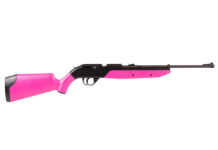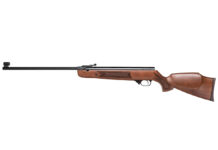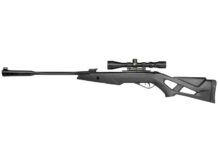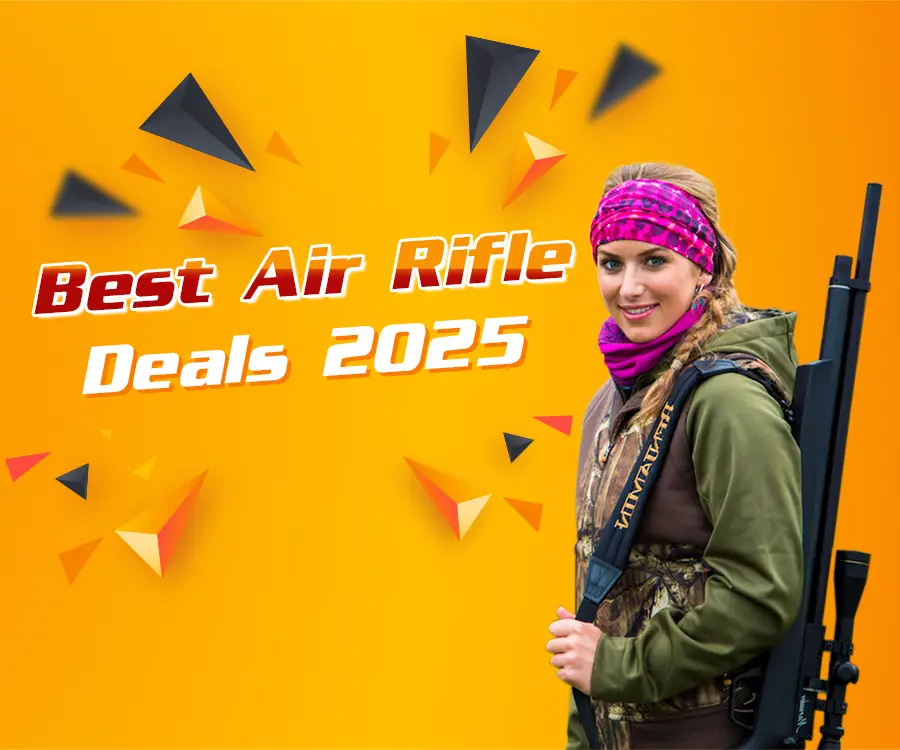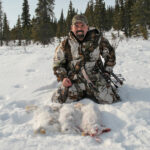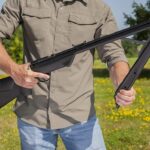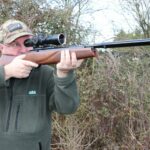
Choosing the best HF Ham Radio for off-grid or grid-down survival communications is challenging. In this blog, we go through key features every HF survival radio should have. We also take a look at 5 of the best low-power, and energy efficient QRP portable ham radios, for off-grid and grid-down preparedness communications.
If you have not already seen my video entitled Grid Down Comms, I would highly recommend it. If you have seen it, consider sharing it to those just getting started in ham radio for preparedness.
Hello Operators. After the devastating earthquake and mobile phone grid failure in Turkey and Syria, an Operator reached out on Twitter, asking about the best HF radio for grid down or off grid survival. In this video and associated blog post, I do my best to highlight the pros and cons of my top HF radio picks, seen on the channel.


Table of Contents
Why an HF Survival Strategy?
The preparedness community has been fixated on a single type of survival communications (tactical comms). We can call it tactical comms, fire team comms, squad level communications, … This type of communications is usually done over VHF or UHF on FM or encrypted digital voice, using various types of handheld portable radios.That type of communication is great once your group is all in sync. That is to say, tactical communications with short-range handheld radios only functions, once your crew has rallied. Without that initial mobilization, there is no way to coordinate short-range comms. Before the group musters, a wider coverage area of communications is required, to coordinate the rallying point. That wider range coverage is provided by HF NVIS!
The following video goes through key features every survival radio should have. It also summarizes the pros and cons of each of these radios for grid-down or off-grid survival. For a full review of each radio, check the videos posted later in this blog.
Requirements
Asking “Which is the best radio for survival?” can often leaad to many wrong answers to the question. A better question might be, “Which radio best fits our survival radio requirements?”. If nothing else, this question might lead us to much better answers. The reason is, in a disaster, grid down scenario, operating off grid, resources are not easy to come by. A radio well suited to a POTA activation might be the “worst-case scenario” for a grid-down disaster. Consider this, charging a radio on a normal day is easy and uneventful. Charging or powering a radio in a grid-down scenario, while only carrying what you have on your back, makes things much more difficult. For this reason, we have a set of important requirements, any radio chosen as our HF Survival Radio should have. Let’s go through them.

The following list includes the most important features, any HF Survival Radio should have:
- Low current consumption on RX & efficient TX consumption
- Minimum of 10 watts output, 5 watts is ok
- Band coverage
- Best case band coverage 160M – 70cm
- Acceptable band coverage 80M – 10M
- Bare bones band coverage 80M – 20M
- Built-in audio interface for data comms
- Internal battery & fast charging
- Ability to charge the internal battery, while using and powering the radio
- Daylight readable display.
We can also expand the list to include these key yet often overlooked features.
- Built-in adjustable filters
- DSP, noise reduction, notch filter, …
- Standby mode for display
- Speech compressor built-in
- Easily accessible data port
Rigs mentioned in the video
The following radios are not an exhaustive list. I do not have a (tr)uSDX or Elecraft radios for demonstration. The (tr)uSDX is on the way! I do have the radios which have been demonstrated and reviewed on the channel over the years. This list includes Xiegu, Yaesu, Icom, and Lab599.
XIegu G90
The G90 is the our budget HF radio. Ultimately, the only things missing are the audio interface and external battery. At 20 watts output in a package similar to the Yaesu FT-818, this is an attractive option for someone able to live with the limited band coverage.
Xiegu X6100
The X6100 is portable portable, full featured radio. 10 watts output, built-in audio interface, filters and DSP built-in, … It suffers from slow firmware development from Xiegu, but open-source firmware has recently become available. Internal battery life is good, It can also be charged and powered externally while the radio is in use.
Yaesu FT-818
The Yaesu FT-81x is a 160M – 70cm all-mode portable HF radio, with a small form factor. It is the oldest but best-supported QRP radio by the aftermarket. Discontinued in 2024, but is still available on the used market. Definitely needs the filter fitted (if you can find one). I would suggest an external battery for the 81x. The internal Ni-MH battery pack is heavy and lacks energy density. The Windcamp Li-Ion battery pack with higher energy density than the AA Ni-MH, would be an excellent upgrade. For data it requires a Digirig, and works well with it. If you have the 817nd model, fit the RTC for more reliable data.
Lab599 TX500
The Lab599 TX-500 is the only “rugged” radio available from ham radio manufacturers. Milled from a single block of aluminum for strength and durability. The TX-500 is also comfortable in the rain, snow, and below-freezing operations. Its small modular form factor and ergonomic design are greatly appreciated. It lacks an audio interface but a Digirig can be easily fitted. Battery packs from both Lab599 and DIY599 are incoming and worth-while.The TX-500 is the only solution for those wanting a green radio option, in a pocket portable package.
Icom IC-705
The Icom IC-705 is the only FT-818 alternative with 160M – 70cm band coverage. It also has filters, DSP, notch, .. already fitted making it a full featured radio. The internal GPS is a nice touch, but can only be accessed by USB cable. Still, it allows us to leave a pocket GPS at home. The large screen is easy to read, but precautions must be taken to protect it during transport. Although larger than the other rigs in this post, all of its features means less to buy and carry as added features. This is the best equipped but least rugged out of the radio mentioned in this post. For difficult field work, I would recomment the Peovi full cage wrap and polycarbonate display protector. Having dropped my IC-705 twice without incident, the Peovi cage was an excellent inestment.

Based on many of the comments coming in, many operators still don’t understand my “Survival Radio” philosophy. Asynchronous messaging is at the core of my group’s communications strategy. A radio, tablet, and wire antenna make up the core of this all-mode, data station. Reducing capabilities eg a CW-only station, would reduce size and weight, but also irreconcilably reduce operational capability. Therefore, my station is made up of:
- HF Radio
- Microsoft Surface Tablet
- Wire multi-band antenna
Microsoft Surface
My primary computer for data mode communications is the Microsoft Surface Go 2. Despite its Windows operating system, the Surface Go 2 has performed flawlessly since taking it into use. Much easier to deploy and support than a Raspberry Pi, the Surface Go 2 is the best portable data mode comms investment, made in a very long time.
Digirig Mobile audio interface
For any radio used other than the Icom IC-705 or the Xiegu x6100, I use the Digirig Mobile. There is no point buying any other audio interface for man-portable ops! It is small, lightweight, has audio and cat control, has cross-platform compatibility, and excellent customer support. Our audio interface should not be as large as our radio. for man-portable ops, anything larger than a DigiRig is ridiculous!
Antennas strategy
I recently published a post and video entitled, Portable HF Antenna Strategy for off grid comms”. That video and blog correctly point out how NVIS for regional communication is ignored by most ham radio manufacturers. In fact, NVIS is more of an afterthought, as the majority of ham radio operators spend most of their time on the DX bands. Sadly, the emcomm and preparedness communities are definitely “niche” markets. I was able to find excellent options from Tim Ortiz N9SAB, who makes lightweight multiband antennas for man-portable ops.
Looking for other ways to support the channel?
Support the channel by shopping on ebay, at Battery Hookups or GigaParts.For GigaParts and Battery Hookup, use my callsign for a small discount.Alternatively, drop a little something in the TipJar. It really makes a difference.
- TipJar https://oh8stn.net/TipJar
- GigaParts: https://oh8stn.net/GigaParts
- Shop at Battery Hookup: https://oh8stn.net/batteryhookup
- Shop at eBay (affiliate link) : https://oh8stn.net/ebay
- Buy an N9SAB Antenna https://ebay.us/OVVZcG (eBay affiliate link)

